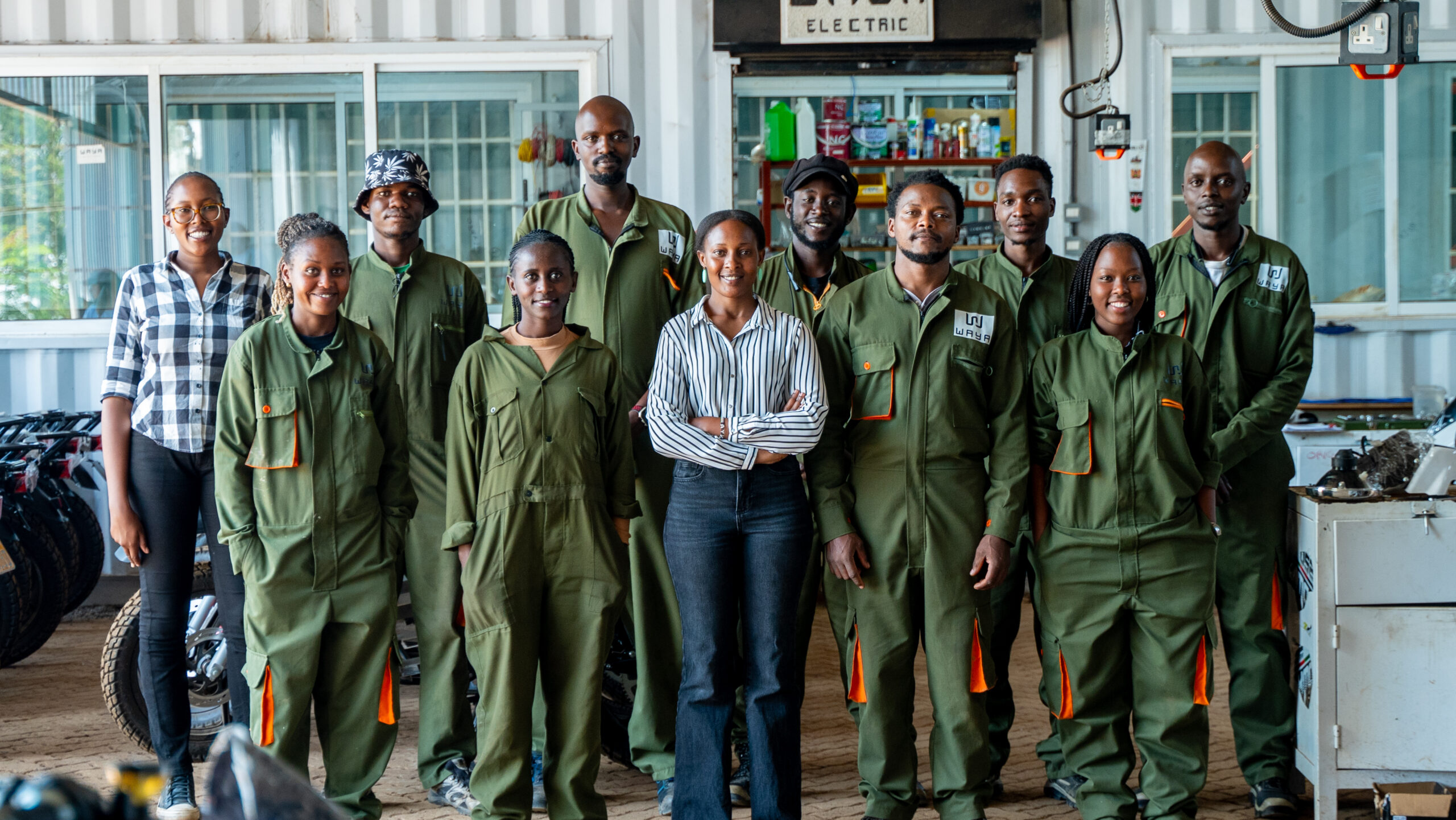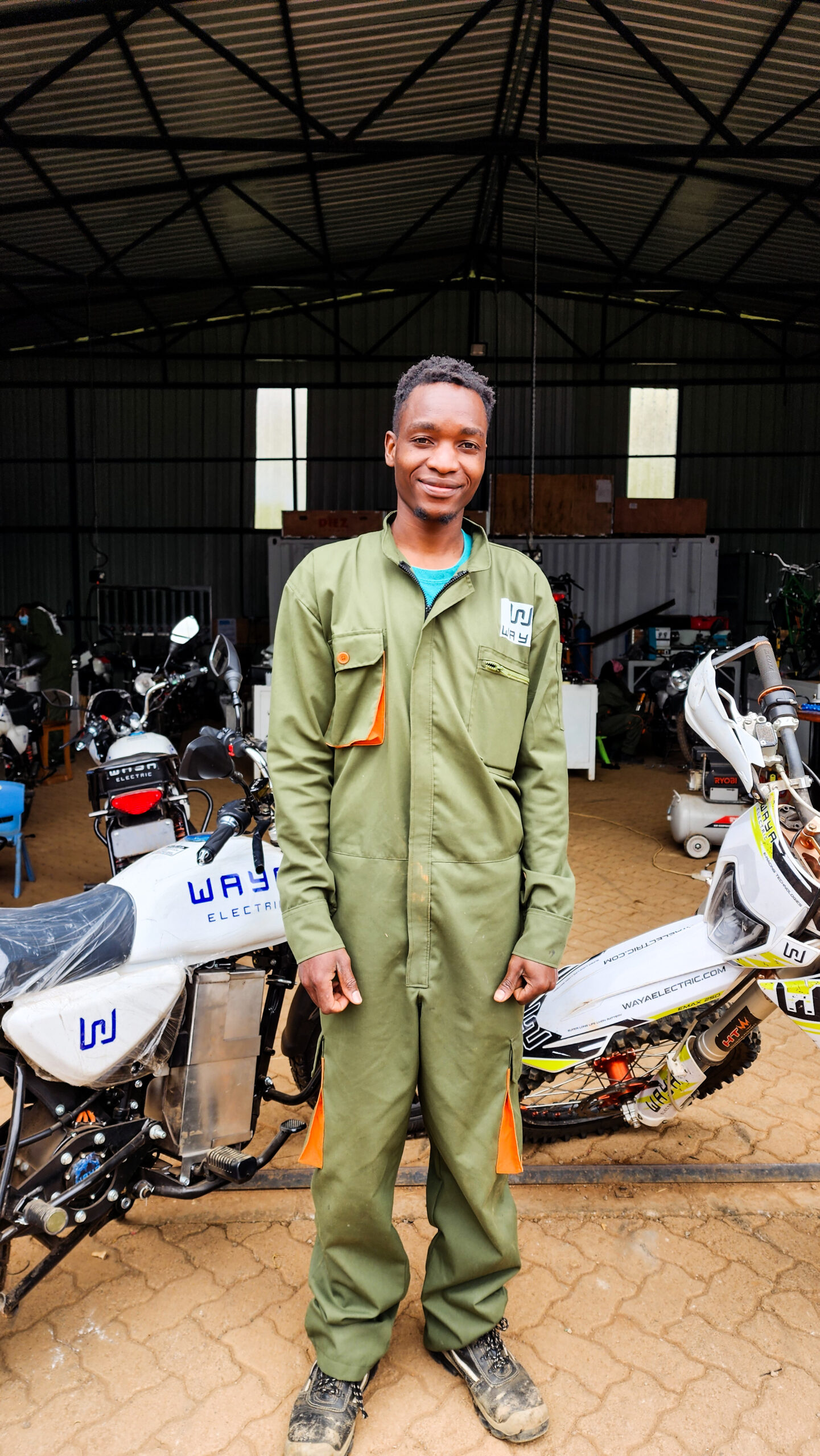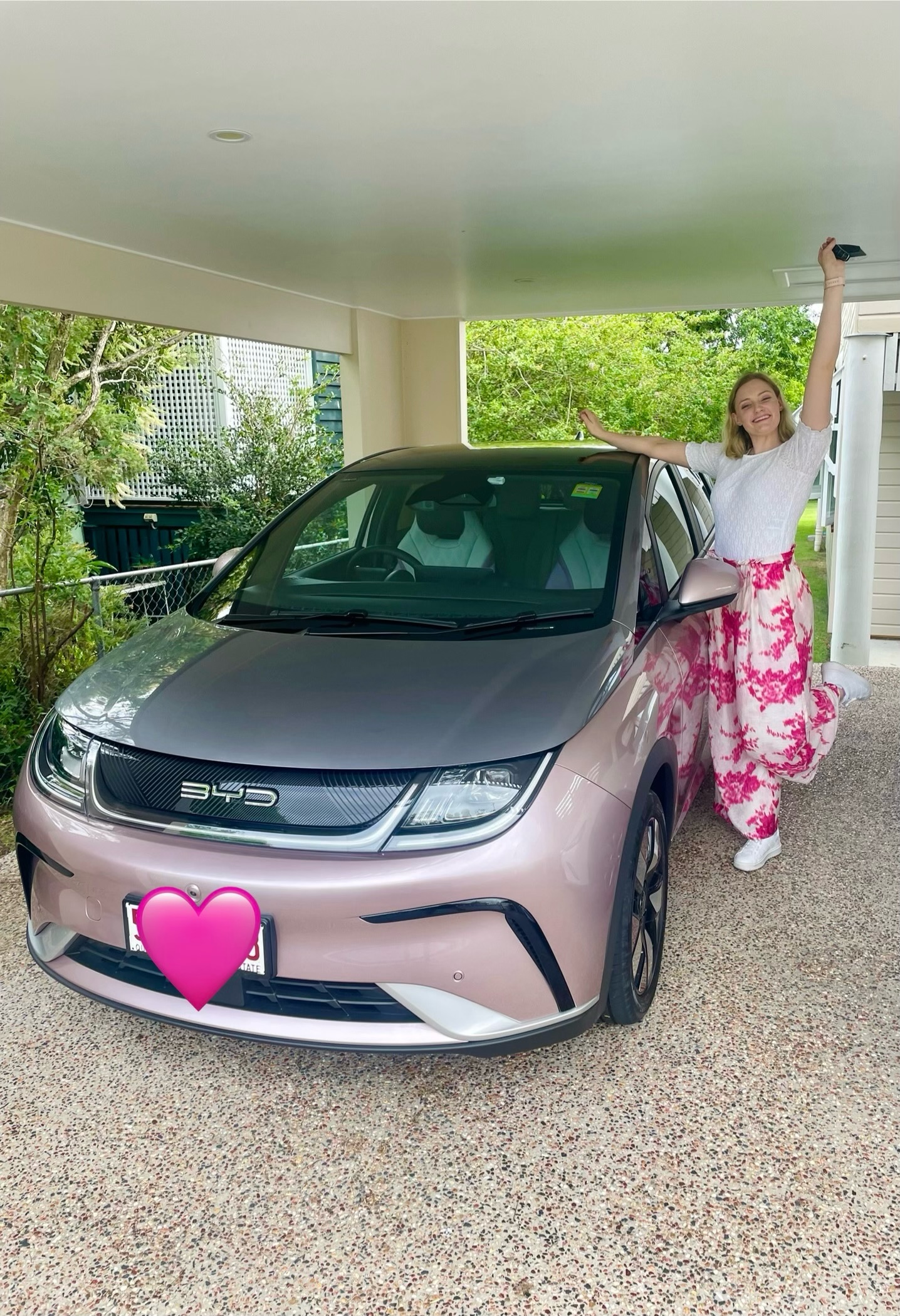Support CleanTechnica’s work through a Substack subscription or on Stripe.
We have been covering the developments in Kenya’s electric vehicle sector for over 7 years now — from the early days of a few startups converting one or two internal combustion engine motorcycles in small warehouses, to seeing the sector grow to almost 50 players in the industry. Most of these companies started their operations locally to address the pain points mass market motorcycle taxi operators face, such as increasing fuel and maintenance costs associated with operating internal combustion engines.
There are over 2 million internal combustion engine motorcycles in Kenya, and this presents a large addressable market for electrification. Thanks to an enabling environment, the progress towards electrification of the motorcycle taxi industry has been impressive in Kenya, growing faster than most people had thought. In 2024, the penetration of electric motorcycles sold in Kenya reached an impressive 7%, as several companies are now scaling from early pilot programs to early commercialization. From what we are hearing from players in the industry, sales of electric motorcycles so far in 2025 have been even better, so I think we can look forward to at least 10% market share for 2025.
Waya Electric is one of the newest companies in Kenya’s e-mobility sector. One of the merits of being the newest in an industry is the opportunity to review the entire landscape and its needs. Market entry can then be guided by a niche focus that is complementary to other players in the ecosystem. This is exactly what Waya Electric did, which started in early 2023 with a small workshop and team. As a relatively late entrant into a rapidly growing, well capitalised market, Waya started its operations with extensive quantitative and qualitative research and found there were limited performance oriented products in the market. Their research showed that most of the scale-up products were targeting the mass-market, lower-end income generation sectors, where price sensitivity has typically been one of the key determining factors behind product focus. Of course this makes sense, as total cost of ownership (TCO) is the primary reason why a rider would consider going electric and is considered one of the main pain points with ICE vehicles.
The industry has been clearly growing towards product-market-fit with existing products and business models. The incumbents in the industry have done a sterling job over several iterations to get to products that are now being widely accepted by riders on the ground in Kenya. Remember for the riders “kwa ground” (riders on the ground using the bikes in real-world applications), it’s all about the unit economics and a bike that can meet their strenuous daily routine, and if those two metrics aren’t met, they won’t take up the product. So the uptake of electric motorcycles in Kenya is a testimony to all the progress made by the players that led the way.
Waya Electric has focused on complementing these efforts. Through extensive customer feedback, the team at Waya saw that heavy duty, rural, and certain B2B contexts had slightly different requirements in terms of power delivery and range. Last-mile LPG delivery, conservation activities in the bush, and urban fleet management companies all have a couple of things in common: the need for flexibility around charging modalities — e.g., the possibility of battery ownership and the need for consistently high torque combined with enough range to get the bike through the day. Of course, substantial cost savings still need to be delivered in conjunction with these requirements, as well as being able to incorporate customer feedback and deliver improved product versions quickly.

Waya Electric initially started with converting used motorcycles as a market entry strategy so as to start generating product feedback and revenue early on. They also took on challenging bespoke product jobs for cargo tricycles and passenger tuk tuks — e.g., in the coastal region of Kenya, where these types of vehicles are popular while demonstrating what is possible with a powerful electric drivetrain. Waya has opted to have an asset-light home charger model for B2B and non-urban applications, as operators in this space tend towards battery ownership as their preferred model. In parallel, they have also begun work with companies focusing on battery swapping technologies and an energy as a service model, as an OEM partner, supplying the vehicles to plug into this ecosystem. This will further diversify their product offering, which will also allow for a slightly more mass-market approach in addition to scaling up their main product.
“When we started, it was just a small workshop and a few tools. We built every prototype by hand, tested them ourselves, and learned from each failure. That process shaped the bikes we build today; machines that can handle heavy loads, steep climbs, and long hours in the heat. You can’t design that from behind a desk; it comes from what you see and fix every day in the workshop.” —Joannes Owino, Head Technician

Waya Electric’s flagship electric bike is powered by a custom-designed 5.04 kWh (84V) battery pack made up of high quality NMC cells, encapsulated in a heat dissipating potting compound with IOT telematic capabilities provided by its partners. Waya’s battery is spec’d not only to have a higher voltage, but to also able to draw a 300A current that allows for substantial torque under heavy loads and hill climbing. The bike is configured to be able to handle applications such as a rider delivering over 200 kg of LPG to a string of customers via rough roads and hilly terrain.
The company has been bootstrapped to date and is working to keep building its own differentiated offering, grow traction, and work on a blend of debt and equity raises in the coming year. As the industry matures, Waya is betting on greater value chain specialisation and more collaborative approaches across the tech stack to help achieve mass regional adoption. There is now less need for companies in the ecosystem to do everything themselves, and greater specialisation will likely lead to more refined business models and enhanced capabilities to deliver scale. Hardware and software in the space is developing quickly, and there will be many more opportunities that emerge in the coming years, such as fast charge compatible batteries and accompanying infrastructure. Going forward, Waya Electric believes that the industry will converge towards interoperability and more partnerships, ultimately delivering better products and services to the customers needing an electric mobility solution.
Images courtesy of Waya Electric
Sign up for CleanTechnica’s Weekly Substack for Zach and Scott’s in-depth analyses and high level summaries, sign up for our daily newsletter, and follow us on Google News!
Have a tip for CleanTechnica? Want to advertise? Want to suggest a guest for our CleanTech Talk podcast? Contact us here.
Sign up for our daily newsletter for 15 new cleantech stories a day. Or sign up for our weekly one on top stories of the week if daily is too frequent.
CleanTechnica uses affiliate links. See our policy here.
CleanTechnica’s Comment Policy




